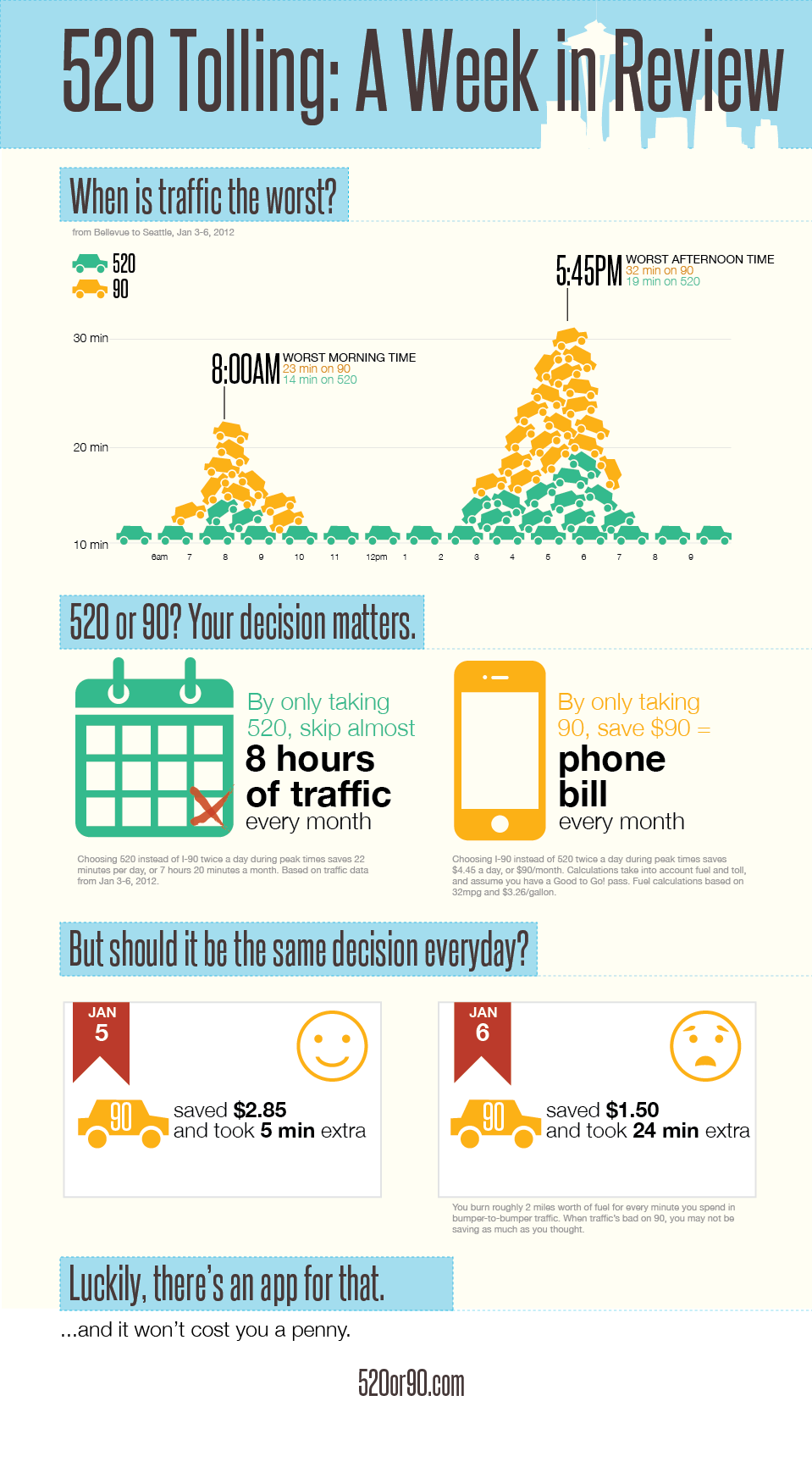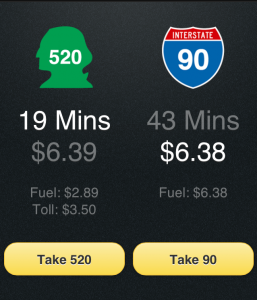Northwestern University Transportation Center offers Infrastructure Pricing Executive Program (focus: Highway Infrastructure Pricing)
On Sept. 10-12 the Northwestern University Transportation Center will again offer its Infrastructure Pricing Executive Program – this year focusing on Highway Infrastructure Pricing.
Don’t miss the opportunity to participate in this highly relevant and timely program aimed at transportation professionals who manage private and public fee paying facilities; engineers and project managers who oversee maintenance and new construction; and consultants and advisors to infrastructure providers and those who finance infrastructure projects.
Topics to be covered will include dynamic and congestion pricing, demand forecasting, private/public partnerships, infrastructure investments decision-making based on projected revenues, network demand prediction tools and more.
20% Discount for Government and Academic Registrations; Early Bird rate available until Aug. 17th.
Please contact Ms. Diana Marek if you have any questions.
For more information and to Register see: Pricing Highway Infrastructure Executive Program









